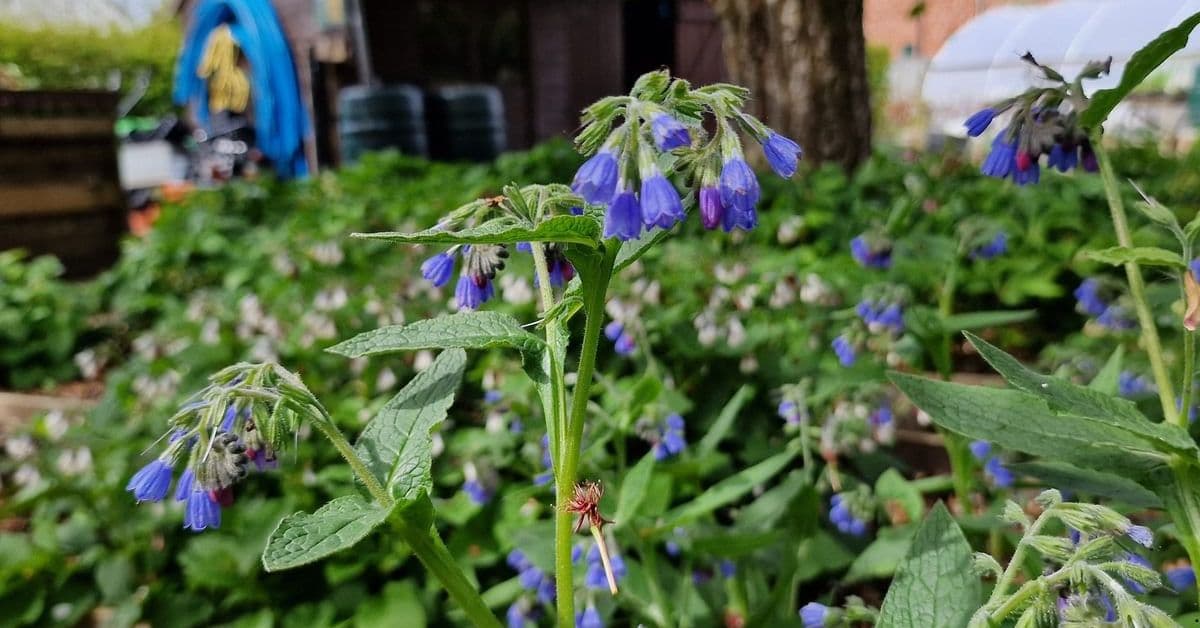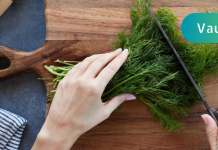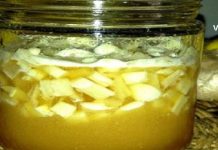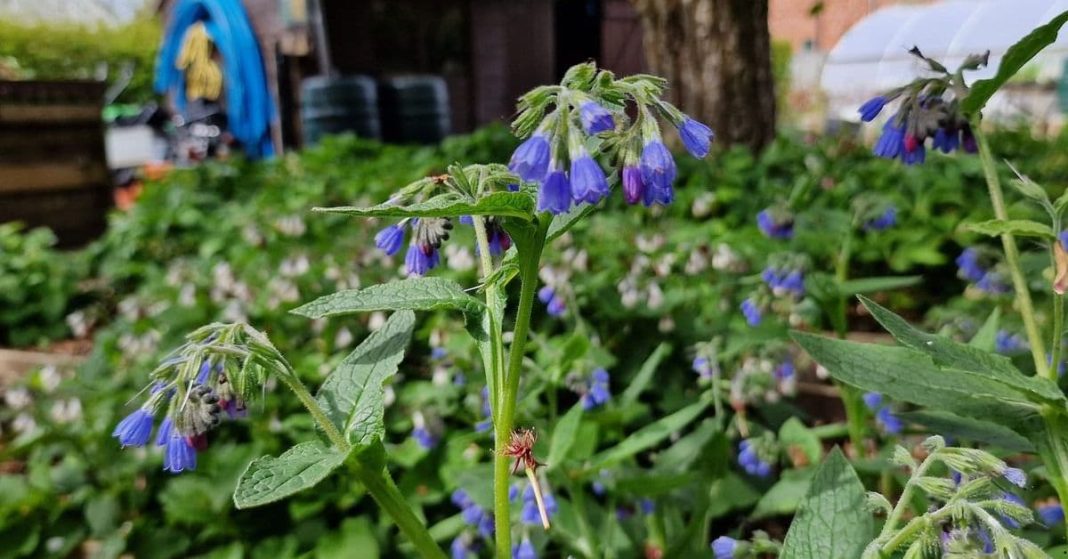Joint pain is one of the most common ailments affecting people worldwide, particularly among the elderly, those with arthritis, or individuals with physically demanding lifestyles. Long before modern pharmaceuticals became available, communities across the world developed their own remedies to relieve inflammation, stiffness, and discomfort in the joints. These folk remedies—using herbs, oils, poultices, and compresses—were passed down through generations and continue to offer natural alternatives for pain management. This article explores the most well-known traditional treatments for joint pain using herbal ointments and compresses that remain effective to this day.
Understanding Folk Medicine for Joint Pain
In traditional medicine, joint pain was seen not only as a physical issue but also as a result of imbalances in the body—such as coldness, humidity, or poor circulation. Remedies were designed to warm the joints, stimulate blood flow, and draw out inflammation. Many of these methods used readily available ingredients like mustard, garlic, comfrey, and various essential oils.
The approach was usually twofold:
- Topical treatment to relieve pain and stiffness through herbal ointments or compresses
- Internal support through teas or diet changes to reduce inflammation
This article focuses on the external applications used in folk healing traditions.
Herbal Ointments Used in Traditional Remedies
1. Comfrey Ointment (Symphytum officinale)
Comfrey, often called “knitbone” in folk medicine, has been used for centuries to speed the healing of bones, tendons, and joints. In Europe and the Caucasus, comfrey root was boiled or soaked in oil and then applied as an ointment for arthritis and sprains.
Traditional Recipe:
- Simmer chopped comfrey root in olive oil for 30–40 minutes on low heat
- Strain and mix the infused oil with beeswax to form a salve
- Apply to sore joints 2–3 times a day
Effect: Reduces swelling, stimulates tissue repair, and improves mobility
Note: Comfrey should not be used on broken skin and is for external use only.

2. Mustard and Honey Balm
In Russian, Turkish, and Georgian folk traditions, a warm paste made from mustard and honey was used to “draw out cold” from the joints and relieve stiffness.
Traditional Recipe:
- Mix 2 tablespoons mustard powder, 1 tablespoon honey, and 1 tablespoon flour
- Apply a thin layer to the joint
- Cover with cloth and wrap in wool for 15–30 minutes
- Remove and rinse with warm water
Effect: Stimulates circulation, relieves pain, reduces stiffness
Precaution: Perform a patch test to avoid skin irritation
3. Garlic and Oil Rub
Garlic, known for its warming and anti-inflammatory properties, has been a cornerstone of folk medicine. It was often infused in oil and used to massage aching joints.
Traditional Recipe:
- Crush 3–4 cloves of garlic and mix with half a cup of warmed olive or sesame oil
- Let the mixture sit for 1–2 hours
- Massage gently into sore joints twice daily
Effect: Improves blood flow, reduces inflammation, and eases chronic pain
Folk Compresses for Joint Pain Relief
1. Cabbage Leaf Compress
Cabbage is rich in anti-inflammatory compounds. In Eastern Europe, fresh cabbage leaves were commonly wrapped around inflamed joints overnight.
Traditional Use:
- Slightly crush a cabbage leaf to release juices
- Wrap around the painful joint and secure with bandage or cloth
- Leave overnight for best results
Effect: Reduces swelling, calms inflammation, and cools the joint
2. Hot Salt and Herbal Compress
Salt has long been used in folk healing to relieve joint pain. Heated salt retains warmth and can be mixed with herbs like thyme or rosemary to boost effectiveness.
Traditional Method:
- Heat coarse sea salt in a pan
- Mix with dried rosemary or thyme (optional)
- Place into a cloth pouch and apply to the joint for 15–20 minutes
Effect: Soothes sore joints, improves local circulation, and draws out dampness
3. Potato Poultice
In rural traditions, raw or boiled potato poultices were used to treat swollen knees and wrists.
Traditional Recipe:
- Grate raw potato or mash cooked potato while warm
- Wrap in gauze or cloth
- Apply to joint for 30–60 minutes
Effect: Reduces inflammation and joint tension, especially in early arthritis
Complementary Folk Practices
In addition to topical treatments, folk medicine often included internal remedies to support long-term joint health:
- Nettle tea to reduce inflammation
- Flaxseed oil to lubricate joints from within
- Turmeric and ginger consumed as teas or added to meals for anti-inflammatory support
Many healers emphasized warm baths with salt, apple cider vinegar, or herbal infusions to reduce stiffness, particularly in colder months.
Modern Considerations and Precautions
While these remedies are generally safe and still widely used, a few precautions are important:
Always test herbal ointments on a small area of skin to rule out allergies
Avoid applying compresses on broken or infected skin
If joint pain is persistent or worsening, consult a medical professional to rule out serious conditions like rheumatoid arthritis or gout
Pregnant or nursing women should consult a healthcare provider before using herbal preparations
Folk remedies for joint pain reflect centuries of observation, trial, and natural healing wisdom. Herbal ointments made from garlic, mustard, or comfrey, and simple compresses using cabbage, potato, or salt, offer natural ways to ease inflammation and improve comfort. These remedies continue to be used not just because of tradition, but because they work. For those seeking a more holistic, gentle approach to joint care, folk medicine provides a valuable toolkit grounded in nature and experience.


















